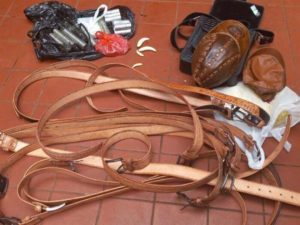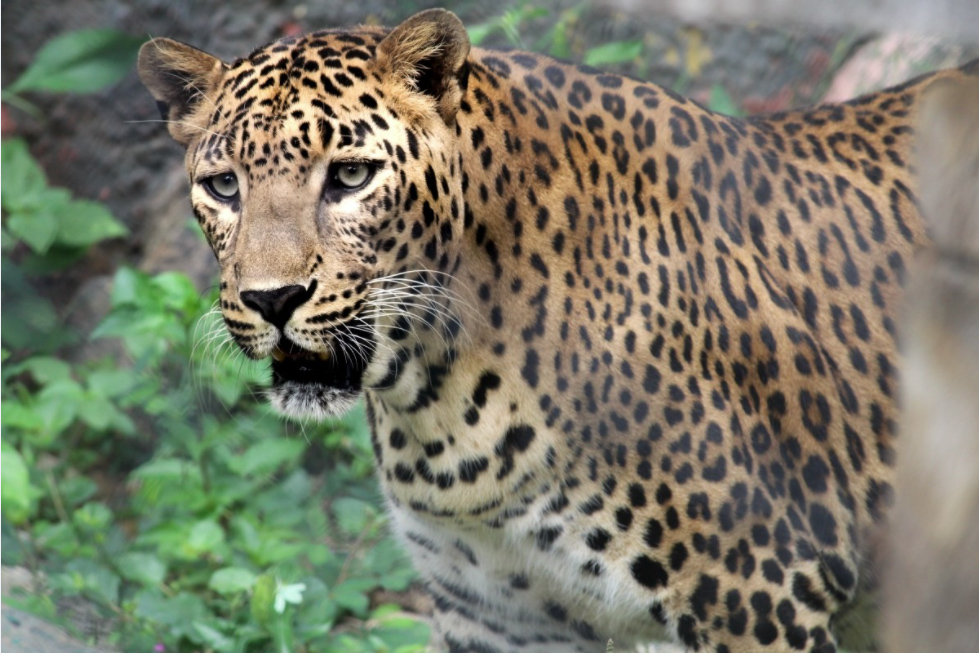Loss of habitat through deforestation, lack of natural prey, and revenge killings from ranchers for livestock predation have for decades been among the major causes of the jaguar population decline in Central and South America. Since the mid-2010s, however, another factor has been threatening the large cat species with extinction: the illegal trade of jaguar parts bound for China.
According to a National Geographic report, based on a study by the Society for Conservation Biology, an international organization headquartered in Washington D.C., “from 2012 to early 2018, in Central and South America, more than 800 jaguars were killed for their teeth, skins, and skulls to be smuggled to China.” This number represents only the shipments that law enforcement intercepted and that have been reported in the media, the report indicates. For example, on October 15, 2021, five Chinese nationals were arrested in Bolivia. Authorities found the criminals in the town of Santa Cruz de la Sierra with jaguar canines and skins, snakeskin belts, and other objects made from wild animal parts.
“The findings suggest a parallel with poaching patterns seen in Southeast Asia and Africa, in which an increasing presence of businesses from China working on large development projects coincides with increasing legal and illegal wildlife trade, including of big cats,” the New York Times reported.

The investigation that led to the arrest of the Chinese individuals in Bolivia in October 2021, was conducted through Operation Jaguar, a joint project by three international environmental organizations: the International Union for Conservation of Nature, Earth League International, and the International Fund for Animal Welfare. The operation revealed that the Chinese triads act through Chinese citizens living in Latin America and communicate with buyers mainly through social networks.
The criminals also operate through Asian food restaurants established in different Latin American countries. In Bolivia, where the investigation was concentrated, at least two restaurants selling jaguar meat were identified. Operation Jaguar found that these organizations often bribe airport agents to send illegal shipments to China, especially from Brazil, Suriname, and Guyana.
The jaguar is the largest feline in the Americas. An estimated 90 percent of its population is found in the Amazon, and the remaining 10 percent is scattered throughout forests from the U.S.-Mexico border to northern Argentina. Jaguars are near threatened, however, in countries such as El Salvador and Uruguay, the decline of their population has led to the species being considered extinct.
As a carnivore, the jaguar is at the top of the food chain, therefore playing a fundamental role in maintaining a balanced ecosystem, since it contributes to “regulating the population size of other animal species,” the jaguar preservation action plan of the Brazilian Ministry of the Environment’s Chico Mendes Institute for Biodiversity Conservation indicates.
Jaguar parts, in particular skin, teeth, meat, and bones, are used in China as decorative objects and jewelry, and are also consumed as luxury foods and used in traditional medicine.









